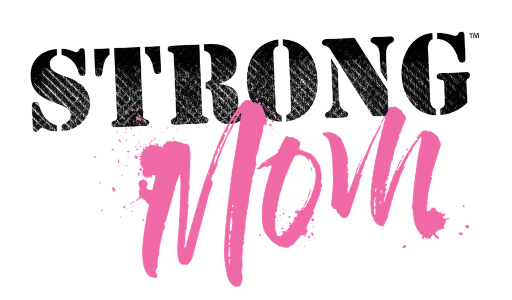My name is Denise and I have mummy tummy.
Yup, you read that right.
Me.
The personal fitness trainer.
The holistic nutritionist.
Me.
I honestly didn’t think the term “mummy tummy” would ever apply to me.
But guess what?
I was wrong.
Because after the birth of my second baby, it does.
And I know a lot of other moms are dealing with it too.
But not a lot of people actually talk about it, or know about it. or maybe they just think it’s normal and will go away. Until it never does.
For me my belly looks fine in the morning when I wake up.
But then by bedtime, I look 5 months pregnant again.
For other moms it looks like a cone shape to their tummy.
Only when I completed the Bellies Inc Core Confident Specialist Certification Course to specialize in pre& postpartum personal training, did I realize what it actually was, and then how to fix it.
If you’ve talked to your doctor, midwife, or OB they probably won’t know how to help you. Your doctor may even suggest a tummy tuck surgery. Eeeek. Don’t do it. It’s not necessary, and you can fix it so much easier than surgery. In fact, surgery will likely not be a permanent fix at all, and will cost you big bucks.
Here’s a little bit what may be happening to your body:
This ‘condition’ is called Diastasis Recti (DRA)- it’s the separation of the left and right rectus abdominal walls, with a larger than normal distance between the right and left rectus abdominus. It may have no effect on mom postpartum, or may leave you looking like I did with mummy tummy, or perhaps it may leave you with a cone-shaped look to your belly.
Why does it happen:
As a pregnant mama’s belly grows to accommodate her baby, so too does the linea alba (the connective tissue between the rectus abdominis) which thins and stretches to accommodate the fetus as it gets larger. Although DRA is most commonly described by the larger than normal space between the two rectus abdominus muscles, it’s most accurately reflected by the inability of the linea alba to create tension in the connective tissues and muscles below.
Research shows that 100% of pregnant mamas by the 35th week of pregnancy will have DRA. And just over 50% of moms will still have it 15 weeks postpartum.
Eeek. right? this is affecting so many more women than you or I may have thought. But not a lot of people are talking about it. Maybe it’s because not a lot of people know what to do about it.
What not to do:
Crunches, hardcore cardio or extreme workouts will not make it go away. Stay away from doing any type of crunching activity, leg lifts, planks, being on all 4’s and other front-loaded positions are all no-no’s if you have DRA. (we don’t want to make it worse by adding more pressure onto the linea alba)
Things you can do to help:
When you are in a sitting position and want to lie down; first roll over onto your side and then slide down. I call this the sexy slide. Same goes for coming from a lying position to a sitting position. Roll onto your side, and slide up. Again, you want to do this so that you’re not adding anymore pressure onto your belly. We’re trying to decrease the pooch remember.
What you can do:
- See a pelvic floor physiotherapist. She can assess your DRA and help to create tension in the linea alba to strengthen your muscles. Read more about how they can help you here. Find one close to you here (Ontario only)
- If you’re going to exercise, make sure your personal trainer is a Bellies Inc Core Confident Specialist like myself to make sure you are doing the correct exercises. She will also be able to assess your DRA.
- Practice Core Breath. This will be my video next week.
- Contact me for a 15-minute phone call to see how I can help you restore your core and help you get rid of the mummy tummy in just 8-12 weeks.
Stay tuned for much more about this, and what you can do about it.
In Fitness & Nutrition



